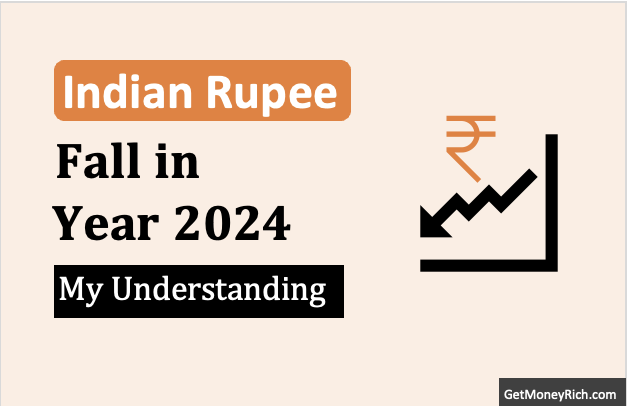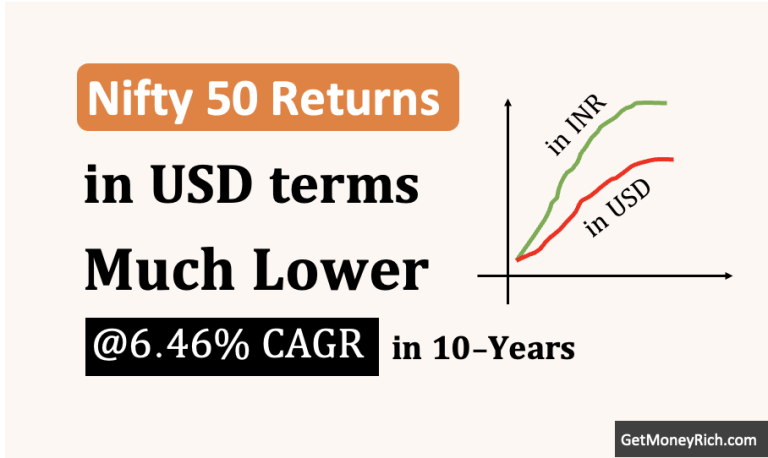Summary Points:
- Foreign banks are unloading dollars for big clients, spiking rupee demand and pushing it to 85.50 vs. USD, a level unseen since late 2024.
- March madness: dollar inflows from company borrowings and profits get swapped for rupees, juicing up its value as India’s financial year wraps.
- $3 billion hits Indian bonds, and foreign stock buys surge—more dollars traded for rupees, more power to INR.
- RBI’s oddly hands-off, letting the rupee soar, maybe okay with it after a rough year.
- Panicked exporters sell dollars as rupee jumps from 87 to 85.50, piling on momentum, while importers might start buying the dollar at 85.15-85.20.
- Rupee’s up 2.1%, but U.S. tariffs coming on April 2 might create more toubles for the INR.
Introduction
I was doing my regular round of news reading when I came up with an article on Economic Times. The headlines was like, “The Indian rupee leaped higher on Monday, with persistent dollar sales from foreign banks.” I think, if you read that article before, you’ll get the content of my post.
Anyways, there were multiple details in this news piece that I think will be interesting for regular readers to note and understand. For example, “why are foreign banks suddenly unloading dollars like they’re last season’s fashion?” Here’s the thing, these banks aren’t just playing charity. They’re likely acting on behalf of big clients, think multinational companies or hedge funds, who’ve got cash to move around.
When they sell dollars and buy rupees, it’s like flooding the market with demand for our local currency. Basic supply and demand rule kicks in, more people want rupees, so its value shoots up.
Imagine a crowded flea market where everyone’s scrambling for the same cool sneakers. What will happen to its price? It is going to skyrocket, right? Same phenomenon here.
The rupee hit 85.50 against the dollar on Monday. It is a level we haven’t seen since late 2024. In the middle of February 2025, the INR was trading at Rs.87.5 to USD.
That’s a leap, and foreign banks are the unsung heroes, or maybe just savvy players, making it happen.
![INR Becoming Stronger In March - INR/USD [Simple Explanation] - Indian Rupee to Dollar History](http://ourwealthinsights.com/wp-content/uploads/2025/03/Indian-Rupee-to-Dollar-History.png)
Why Dollar Flows into Indian in March?
There’s a part in the article which says, “The currency benefited from dollar inflows related to inter-company borrowings and repatriation of corporate profits, which are usual in March, the last month of India’s financial year.” Let’s try to understand this bit first.
Imagine a big Indian company, say, a tech giant in Bangalore. It’s got a subsidiary in the U.S., and that subsidiary owes the parent company some cash (inter-company borrowings). Or maybe it’s made good profits abroad and wants to bring a part of it home (repatriation). Either way, the money is flowing into India in USD, which are then converted into dollars into rupees to settle up.
This flood of dollars coming into India gets exchanged, boosting the rupee’s value, more rupees being bought, means more dollar is with Indian banks (due to USD/INR exchange).
Why it happens in March in India?
March in India is financial year’s end. Companies scramble to close their books, settle debts, and look good for the annual report. It’s as predictable, every year, around this time, the dollar taps start flowing. For the rupee, March has generally been a good month.
Why There is Inflow of USD in Indian Bonds and Stock Market?
There’s a part in the article which says, “Inflows into Indian bonds—about $3 billion over March so far—and a pickup in foreign buying of Indian stocks over the last couple of trading sessions have also helped the currency.”
Let’s start with the bonds.
Foreign investors are pouring $3 billion into Indian bonds this month alone. Why? Well, India’s economy is looking attractive right now, stable growth, decent yields on bonds, maybe even some optimism about avoiding the global chaos. When foreigners buy these bonds, they need rupees to pay for them, so they swap their dollars. Cue the rupee flexing its muscles again.
Then there’s the stock market.
The Nifty 50 jumped nearly 1.5% on Monday, erasing its 2025 losses too. Foreign investors are suddenly eyeing Indian stocks. They bring dollars, convert them to rupees, and buy shares. More rupee demand, more strength. But why now, in March? Maybe it’s the financial year-end thing, or perhaps some global funds are betting on India as a safe haven amid looming U.S. tariff threats).
Either way, its good for Indian Rupee.
Why RBI is allowing Rupee To Get Stronger?
There is also a head-scratcher in the news article, “Offers (on USD/INR) were dominated by foreign banks, but what is also surprising is that the Reserve Bank of India doesn’t seem to be very active on bid.”
Okay, let’s decode this.
“Offers on USD/INR” means people (mostly foreign banks) are offering to sell dollars and buy rupees in the forex market.
Normally, the RBI jumps in to “bid”, buy dollars. The do it to keep the rupee from getting too strong too fast. Why? A super-strong rupee hurts exporters (as exported goods become pricier). But this time, the RBI’s just chilling? That’s the surprise. Maybe they’re okay with the rupee’s becoming stronger as it has devalued considerable in the last 1 year.
How Indian Exporters Are Causing INR To Become Stronger?
The article also reports this, “The sharp gain in the rupee also likely took exporters by surprise, prompting dollar sales and adding to the momentum.”
Imagine you’re an exporter in Surat shipping textiles to the U.S. You’ve been banking on a weaker rupee, say, 87 to the USD. Suddenly, the rupee became stronger and shoots to 85.50 per USD. Your profits just shrank. In panick, you’ll sell some dollars you’ve been hoarding, hoping to lock in value before it climbs higher.
That extra dollar-selling further piles onto the rupee’s getting stronger. It’s a feedback loop, exporters reacting to the rally make it rally harder. Wild, right?
Capped Gains: Importers to the Rescue?
Finally, the last bit of the news article: “The rupee could extend its gains a little more but that is likely to be capped around 85.15-85.20 as importers may jump in to pick up dollars at a bargain.”
“Capped around” means the rupee’s climb might hit a ceiling at that range. Why? Importers, like a carmaker buying U.S. parts, love a stronger rupee. At 85.20, dollars are cheaper in rupee terms, so they’ll step in, buy dollars, and slow the rupee’s roll. It’s like the market’s built-in brake system, importers keep things from getting too crazy.
Conclusion
The rupee’s up 2.1% this month, outshining its Asian pals, and the Nifty’s riding high too.
Some analysts are whispering that this party might be ignoring a storm on the horizon, U.S. tariffs set to hit on April 2.
If those tariffs smack India’s exports, the rupee could take a hit. Is this rally a fleeting high, or can it hold strong?
Honestly, I’m rooting for the rupee, it’s been a scrappy underdog too long. For now, enjoy the ride, maybe snag some cheap dollars if you’re importing, and keep an eye on the news.
What do you think. Did you like my explanations of the news bit? What are your views on the INR becoming stronger in March? Tell me in the comment section below.
Have a happy investing.

![Indian Rupee Hits Record Low: A Historic Dip [2024]](https://ourwealthinsights.com/wp-content/uploads/2024/11/Indian-Rupee-Hits-Record-Low-Thumbnail-768x436.png)



Thanks for making learn something new today. And, that too with such easy explanation.
Thank you for commenting.
Really good explanation
Thanks Karthik